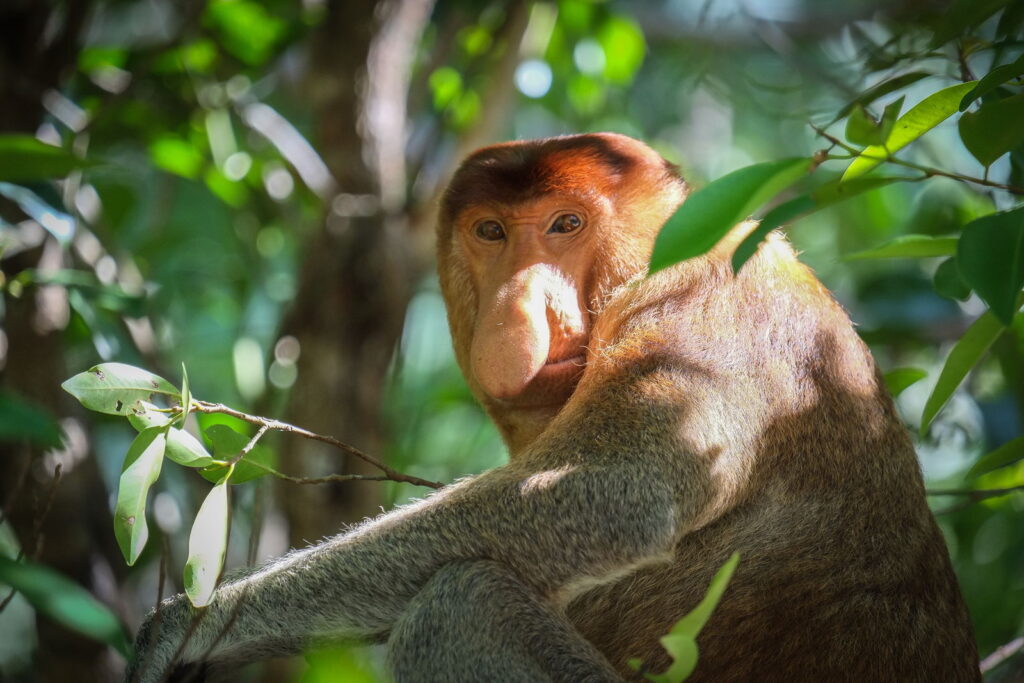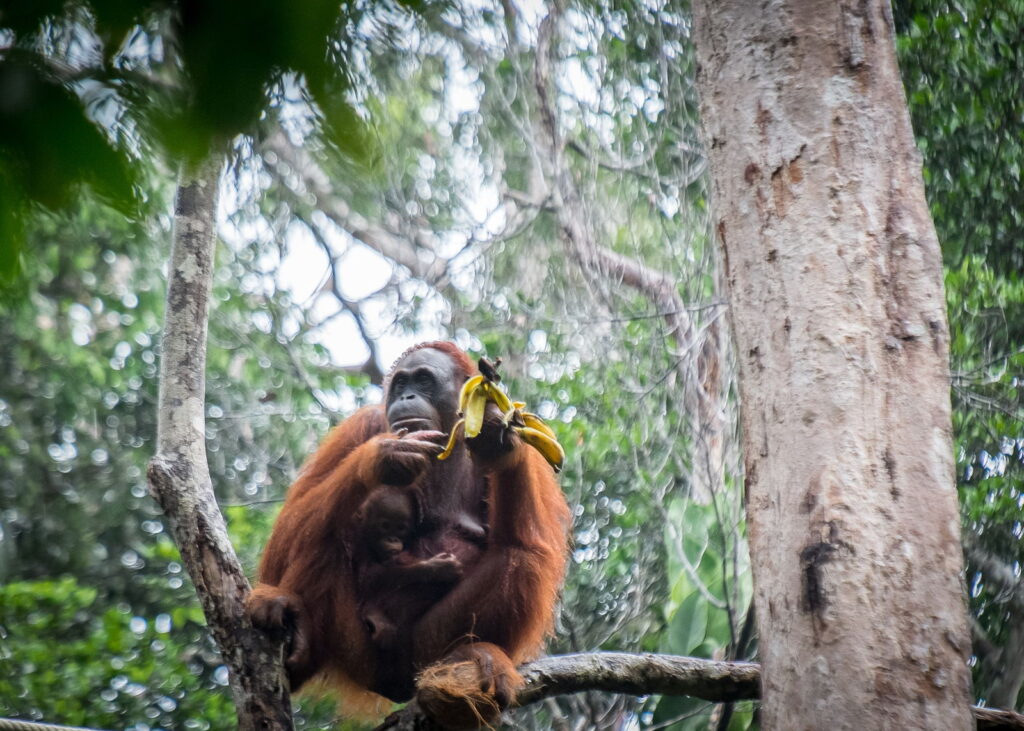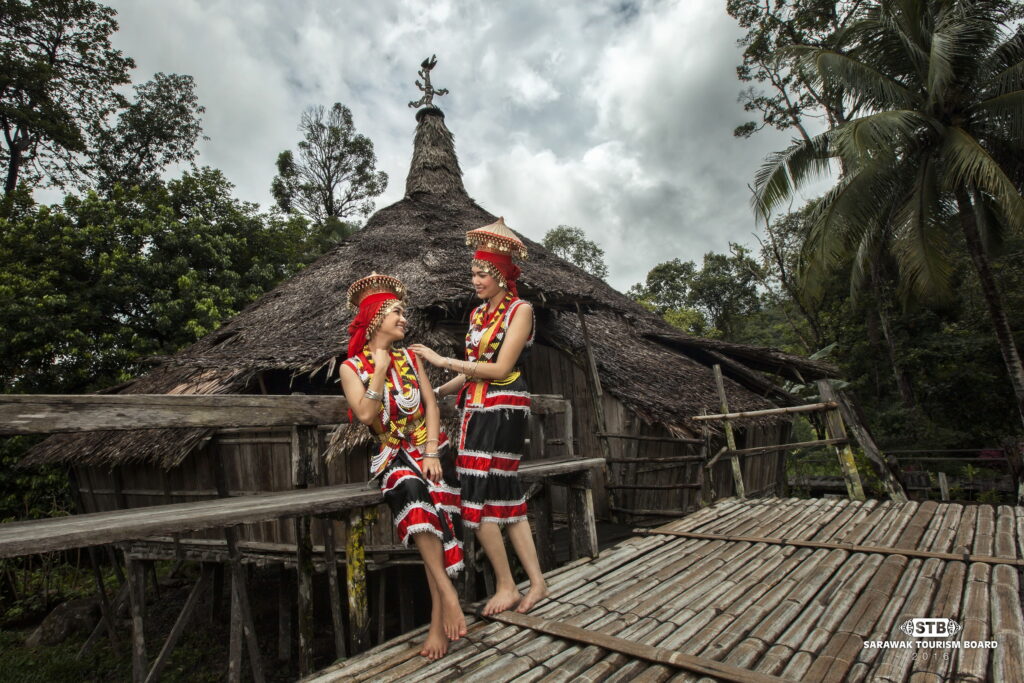There are some major wildlife & environment issues that may come to the fore when researching responsible tourism in Sarawak. Reforestation, volunteering responsibly and positive community tourism are just a few of the areas that you’ll need to read about to travel better in Sarawak and find out what you can do to help out.
Source: https://www.responsibletravel.com/holidays/sarawak/travel-guide/responsible-tourism-in-sarawak
Responsible tourism in Sarawak is about creating value around unspoilt jungle, natural waterways and forest habitats for local communities. The importance of the Sarawak’s unique culture and nature is finally being recognised by travellers, photographers, wildlife fans and adventure-seekers, and as it steps out independently from the shadows of both Sabah and Borneo, responsible tourists from across the globe are travelling here to see these natural riches and to contribute to their protection. Far from the stampedes of mainland Southeast Asia, tourism here is largely being developed sensitively and sustainably. Income contributes to the wellbeing of communities, the preservation of the forests and of course, the orangutan rehabilitation centres. The steady yet controlled growth of tourism across Sarawak could provide hope for the survival of its most endangered species and its unique way of life, just as long as it’s done well.

WILDLIFE & ENVIRONMENT
Reforestation
Huge steps are being made across Sarawak to conserve and manage its valuable and unique forests. In addition to some 800,000 hectares of Totally Protected Areas (TPAs) that are off-limit to logging companies, large areas of land classed as ‘terrain 4’ (steep and hilly) areas, ‘High Conservation Value Forests’, buffer zones and verified ‘Native Customary Rights’ land remain pristine. In addition, Sarawak has adopted a land-use policy that provides for the long-term economic well being of the State, which includes provisions for a sustainable forestry sector based on a targeted 6 million hectares of natural forests, and a further 1 million hectares of planted forests, and a robust agriculture sector based on a targeted 3 million hectares of agro plantations and smallholdings.
What you can do
Visiting Sarawak’s national parks and protected areas and paying fees contributes to the upkeep of these fragile forests – much of them pristine primary growth – and protects the unique wildlife that lives within them.
Some operators offer the chance to get involved in reforestation initiatives; park buffer zones are extremely important in increasing the available habitat for wildlife, so by extending the forest cover you are helping to protect what lives within it.

Orangutans: volunteering – responsibly
Harriet Whitmarsh, from our supplier The Great Traveller, explains more: “Now and again you do come across a project that allows hands-on volunteering – however, these volunteers will have been in quarantine for ten days, and the tests you have to go through are quite rigorous. There is also quite a significant amount of training – this just isn’t suitable for someone on a two-week holiday.”
What you can do
Pick your placement well. Most involve daily tasks such as cleaning, constructing and repairing enclosures, building climbing frames and maintaining paths. You should never be offered the chance to come into contact with the orangutans themselves to avoid the spread of disease.
Do your research – find out more about the place you will be volunteering, including the kind of work you will be doing there and where your money will end up. One way to do this is to check online traveller review sites; the reviews on Responsible Travel are also unedited and honest.
Think outside the rehabilitation centres, and look for initiatives that work with rural communities and conservation. Community tourism allows local people to make money from the forest in its natural state, thus reducing the incentives for logging and poaching, and empowering them to stand up to big businesses. Planting fruit trees on the edge of a national park may sound less glamorous and exotic than snuggling a baby orangutan – but it’s far, far more helpful in the long term.
PEOPLE & CULTURE

Positive community tourism
Community tourism is a way for visitors to learn about local traditions; for local communities to continue practicing them and sharing the knowledge with younger generations; and for people to demonstrate that their culture, their sustainable way of life and their knowledge is valuable – even in the modern world. Some of the best community tourism projects are in Sarawak, where you can stay in a communal longhouse and live alongside the tribe knowing that your money will go directly into their community and conservation initiatives.
